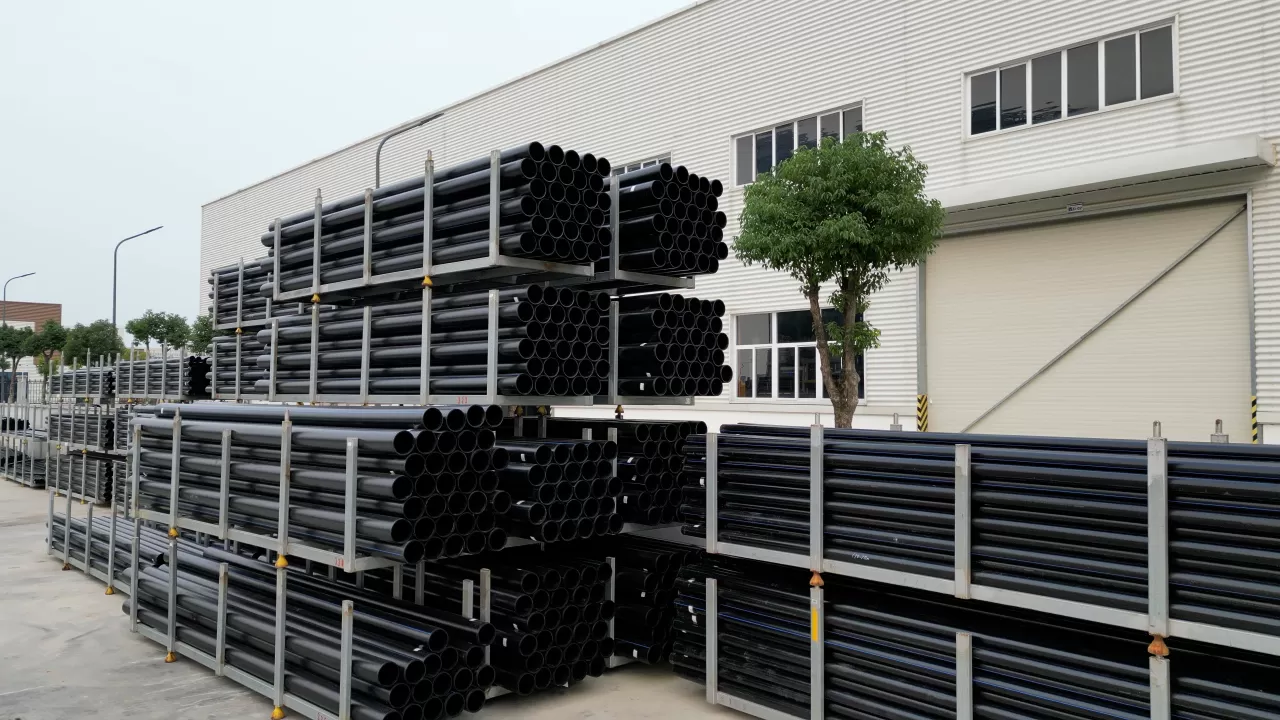In the field of water pipes, SDR is a key term. It is the abbreviation of "Standard Dimension Ratio" (Standard Dimension Ratio), which refers to the ratio of the nominal outer diameter of the water pipe to the nominal wall thickness. The formula is SDR = outer diameter ÷ wall thickness. This value of SDR directly reflects the structural characteristics of the water pipe.
SDR is closely related to the pressure bearing capacity of the water pipe. The larger the SDR, the thinner the wall thickness of the water pipe under the same nominal outer diameter, and the lower the pressure bearing capacity; conversely, the smaller the SDR, the thicker the wall thickness of the water pipe and the higher the pressure bearing capacity. For example, the water pipe of SDR11 can withstand higher pressure due to the thicker wall thickness than the water pipe of SDR26.
Take PE water supply pipeline as an example, there is a clear correspondence between SDR and nominal pressure (PN). PN represents the nominal pressure, which is the maximum working pressure that the pipe can withstand at a specified temperature, in megapascals (MPa). Usually, the smaller the SDR value, the larger the corresponding PN value, that is, the greater the pressure that the pipeline can withstand. Through a specific comparison table, we can clearly see the PN value corresponding to different SDR values. For example, the PN value corresponding to SDR11 is generally 1.6MPa, while the PN value corresponding to SDR26 is 0.63MPa. This correspondence provides an important basis for engineering designers and construction personnel to select the appropriate PE water supply pipeline, helping them to accurately select the appropriate pipeline specifications according to the pressure requirements of the actual use scenario to ensure the safe and stable operation of the water supply system.


